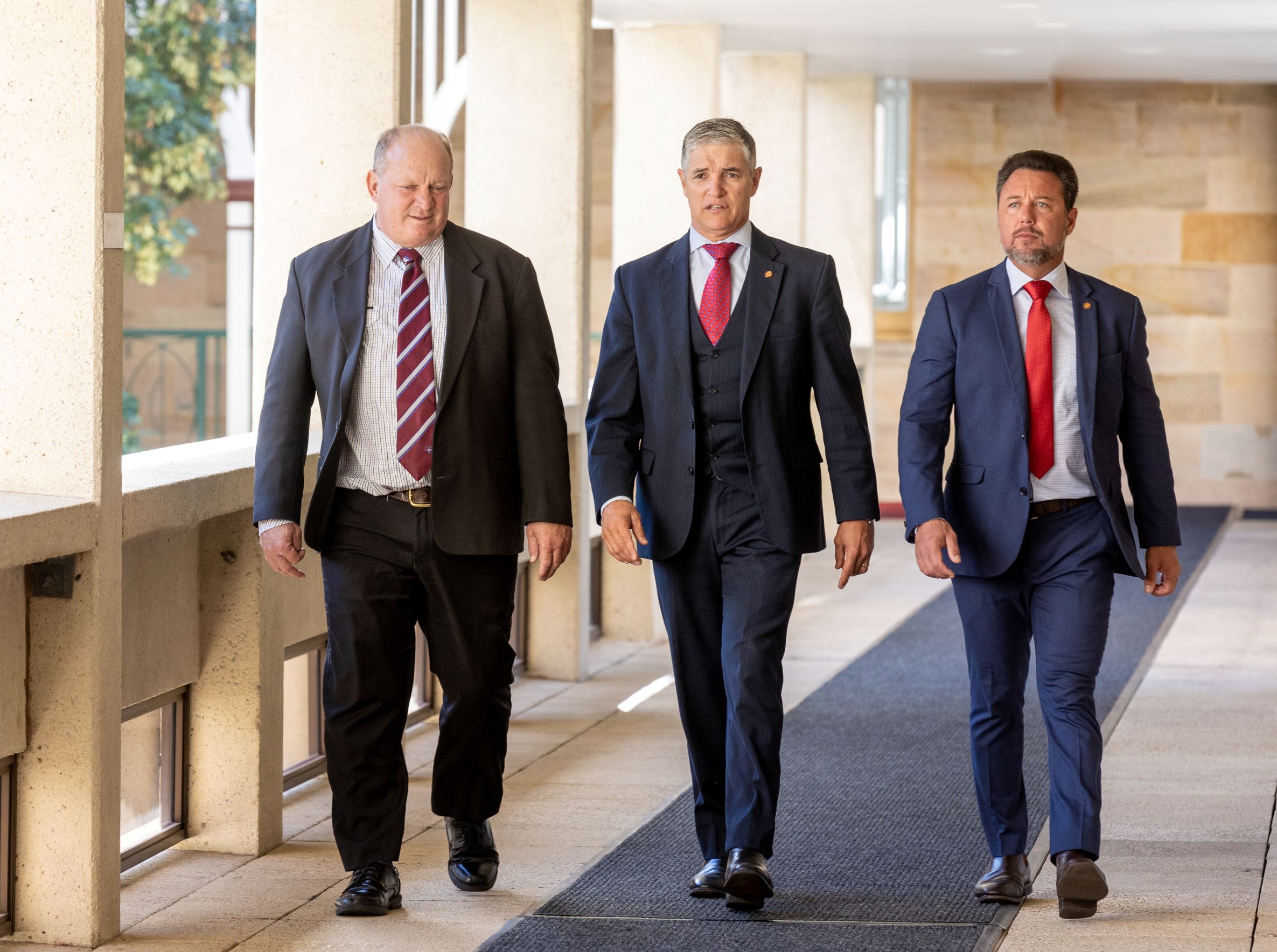
01 May CROC EXPLOSION TO BLAME FOR INCREASED ATTACKS
A 329 per cent increase[2] in Queensland crocodile sightings during the decade to 2021 should deeply alarm the Palaszczuk Labor Government, Katter’s Australian Party (KAP) Leader and Traeger MP Robbie Katter has said.
Mr Katter has re-iterated calls on behalf of North and central Queenslanders for stronger crocodile controls as tragic attacks on people and pets become more frequent due to an explosion in numbers of the apex predators.
The latest suspected victim, Laura publican Kevin Darmody, went missing while fishing at the Kennedy Bend section of Rinyirru (Lakefield) National Park on Saturday afternoon.
The search to locate him is ongoing, and Mr Katter passed on his sincere condolences to Mr Darmody’s family and loved ones as they braced for the worst.
He said it was important the public did not write-off the attacks as misadventure or recklessness, as it was widely acknowledged that crocodile numbers were increasing.
In the past 30 days alone, 115 crocodiles sightings have reported to the government.
“Each of these sightings represents a possible tragedy,” Mr Katter said.
“The KAP believes Queensland’s crocodile populations ought to be controlled and in some instances culled, similarly to how kangaroos, wild dogs, cats and horses are managed.
“The fact that you can cull dogs, horses, cats, pigs and kangaroos but not man-eating crocodiles is the height of environmental madness.
“The answer to this is simple, we need to control the numbers; we don’t advocate going overboard but thinning them out will absolutely make a difference.
“Of course that’s not to say we would be able to prevent every encounter, but we could significantly reduce the risks – human and saltwater crocodile populations don’t mix and our government needs to weigh up whose lives it places more value on.”
Mr Katter said the reluctance to control crocodile numbers would continue to cost lives.
“They’re moving into areas that we have never had them before, and every attack is a strong reminder of the lethal consequences of trying to share waterways with a prehistoric apex predator that sits at the top of the food chain,” Mr Katter said.
“Lake Placid in Cairns is just one example of a waterway we used to enjoy, but any talk of culling is offensive to the people who don’t live in croc territory yet those who do strongly support it.”
Despite their rising numbers, crocodiles remain classed as a vulnerable (and therefore protected) species under the Nature Conservation Act 1992.
The KAP has previously submitted its Safer Waterways Bill twice to Parliament and intends on submitting the bill a third time this year.
The bill will focus on implementing a Queensland Crocodile Authority based in Far North Queensland to self-manage crocodiles, additional funding for more rangers, egg harvesting economic opportunities to Indigenous communities and a permit and licencing system towards removal of crocodiles from any populated waterways or beaches.
[1] In 2011 there was an average of 348 sightings per year and in 2021 there was 1,146.
ENDS
[2] In 2011 there was an average of 348 sightings per year and in 2021 there was 1,146.

Sorry, the comment form is closed at this time.